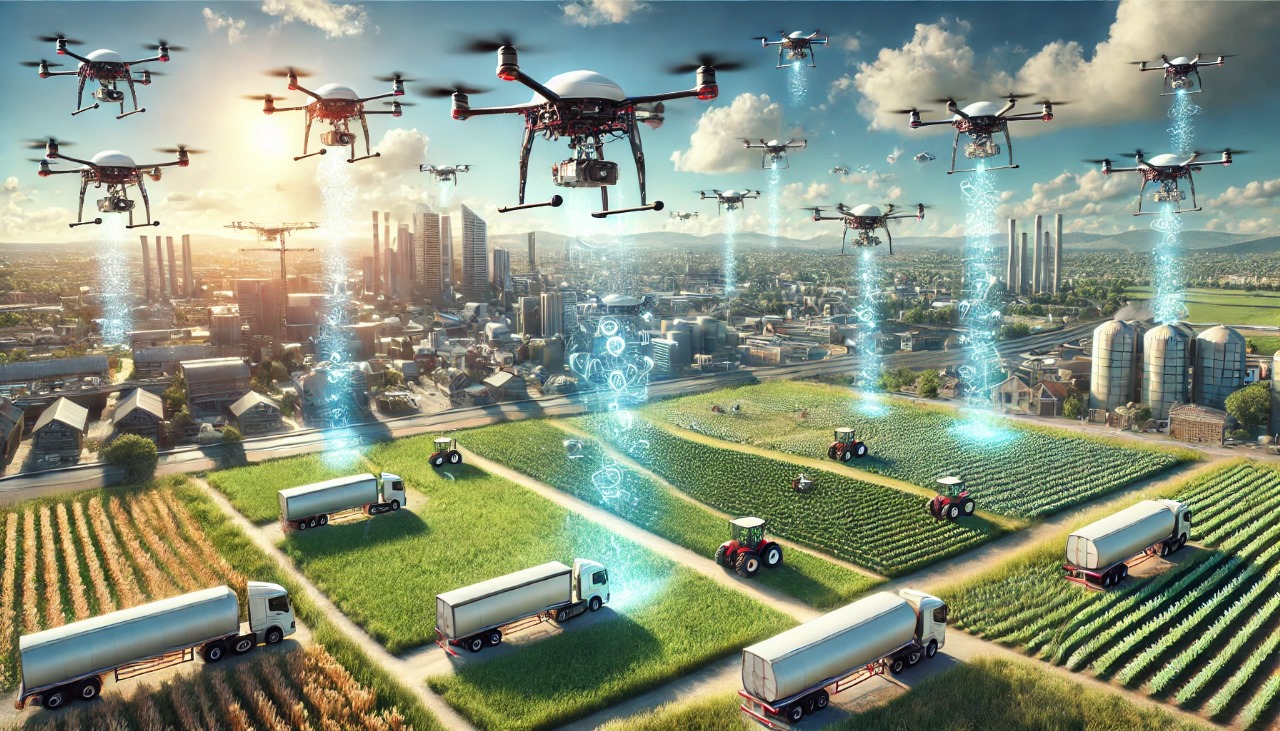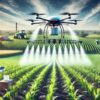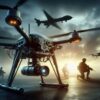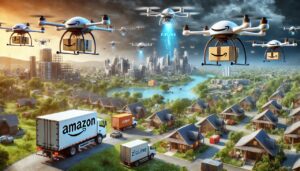
Advancements in drone AI, autonomous flight, drone swarming technology
Advancements in Drone Technology: AI, Autonomy, Swarming, and Beyond
Drone technology has made remarkable strides in recent years, revolutionizing industries and opening up new possibilities across various sectors. Today, we’ll explore the cutting-edge advancements in drone AI, autonomous flight, swarming technology, and payload capabilities, as well as the future prospects and challenges facing this rapidly evolving field.
Artificial Intelligence in Drones
Artificial Intelligence in Drones
The integration of AI has dramatically enhanced drone capabilities. Machine learning algorithms now enable drones to process and analyze data in real-time, making complex decisions without human intervention. Computer vision technology allows drones to recognize and classify objects, navigate through obstacles, and perform intricate tasks with precision.

One of the most exciting applications of AI in drones is in the field of predictive maintenance. By analyzing flight data and component performance, AI algorithms can predict when a drone is likely to require servicing, reducing downtime and improving overall efficiency.
Autonomous Flight
Advancements in autonomous flight technology have pushed drones beyond simple pre-programmed routes. Modern autonomous drones can adapt to changing environments, avoid obstacles, and make decisions based on their surroundings. This capability has proven invaluable in applications such as search and rescue operations, where drones can navigate complex terrains and identify persons in distress without constant human guidance.
The development of sense-and-avoid systems has been crucial in enabling true autonomy. These systems use a combination of sensors, including cameras, LiDAR, and ultrasonic sensors, to create a comprehensive understanding of the drone’s environment, allowing it to navigate safely even in GPS-denied areas.
Drone Swarming Technology
Drone swarming represents a significant leap forward in coordinated drone operations. This technology allows multiple drones to work together as a cohesive unit, sharing information and coordinating their actions to achieve complex tasks more efficiently than individual drones.
Swarm intelligence algorithms enable drones to make collective decisions, distribute tasks, and adapt to changing conditions as a group. This has potential applications in areas such as large-scale surveying, coordinated search and rescue operations, and even entertainment, as demonstrated by impressive drone light shows.
Payload Capabilities
Advancements in drone design and materials have significantly improved payload capabilities. Modern drones can carry heavier and more diverse payloads, expanding their utility across various industries. In agriculture, drones equipped with multispectral cameras and precision spraying systems are revolutionizing crop management. In logistics, companies are exploring the use of drones for last-mile delivery, with some capable of carrying packages weighing several kilograms.
Moreover, modular payload systems are becoming increasingly common, allowing drones to be quickly reconfigured for different missions. This flexibility enhances the versatility of drone fleets, making them more cost-effective for organizations with diverse needs.
Future Prospects and Challenges
The future of drone technology looks promising, with potential applications ranging from urban air mobility to environmental conservation. However, several challenges need to be addressed to fully realize this potential.
One of the primary challenges is regulatory framework. As drone technology advances, regulations must evolve to ensure safety while not stifling innovation. Issues such as airspace management, privacy concerns, and security risks need to be carefully addressed.
Battery technology remains a limiting factor for many drone applications. While advancements have been made, further improvements in energy density and charging speed are necessary to extend flight times and expand operational capabilities.
Cybersecurity is another critical challenge. As drones become more connected and autonomous, protecting them from hacking and ensuring the integrity of their control systems becomes paramount.
Conclusion
The rapid advancements in drone AI, autonomous flight, swarming technology, and payload capabilities are transforming the landscape of unmanned aerial vehicles. These technologies are not only enhancing existing applications but also opening up entirely new possibilities across various sectors.
As we look to the future, the potential of drone technology seems boundless. From revolutionizing urban transportation to aiding in disaster response and environmental conservation, drones are set to play an increasingly important role in our society.
However, realizing this potential will require overcoming significant challenges. Addressing regulatory, technological, and security concerns will be crucial in shaping a future where drones can safely and effectively integrate into our daily lives. As innovation continues to drive the field forward, collaboration between industry, regulators, and the public will be essential in navigating the exciting yet complex future of drone technology.





